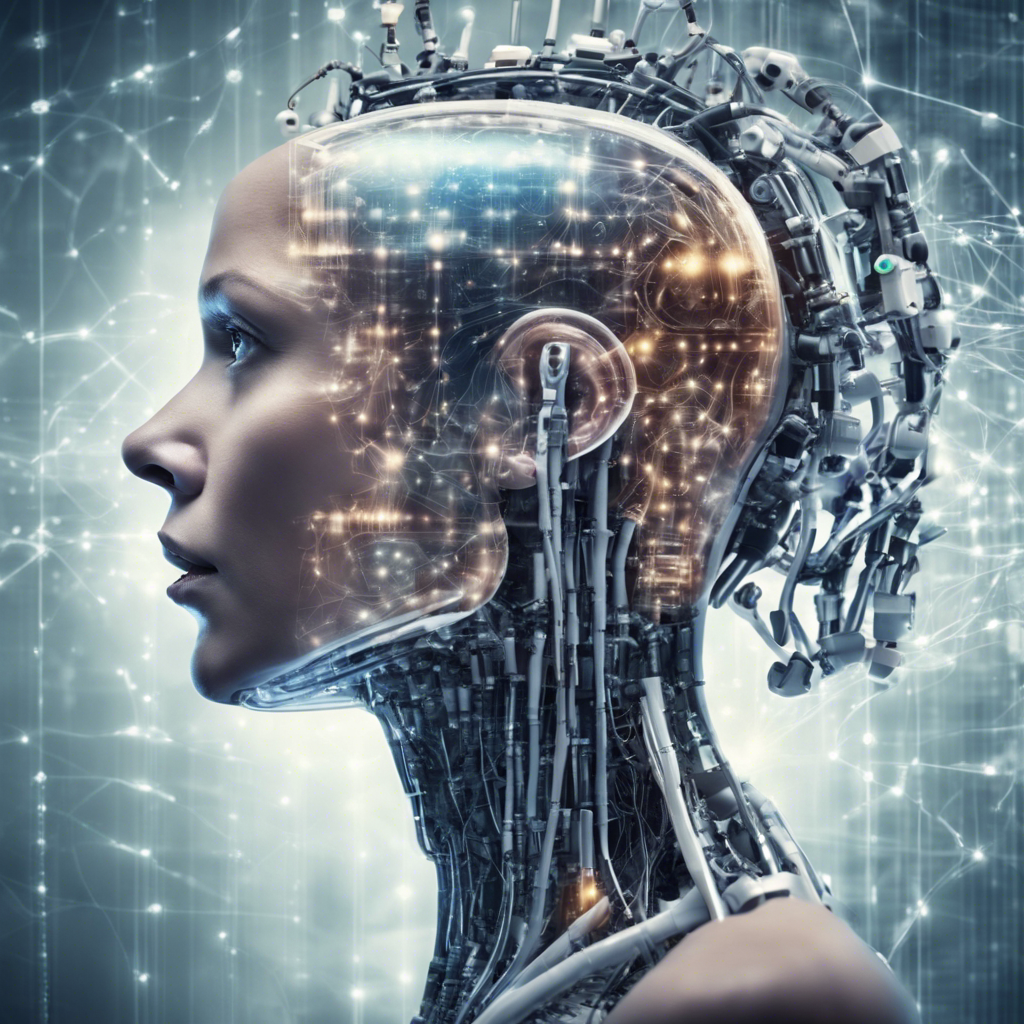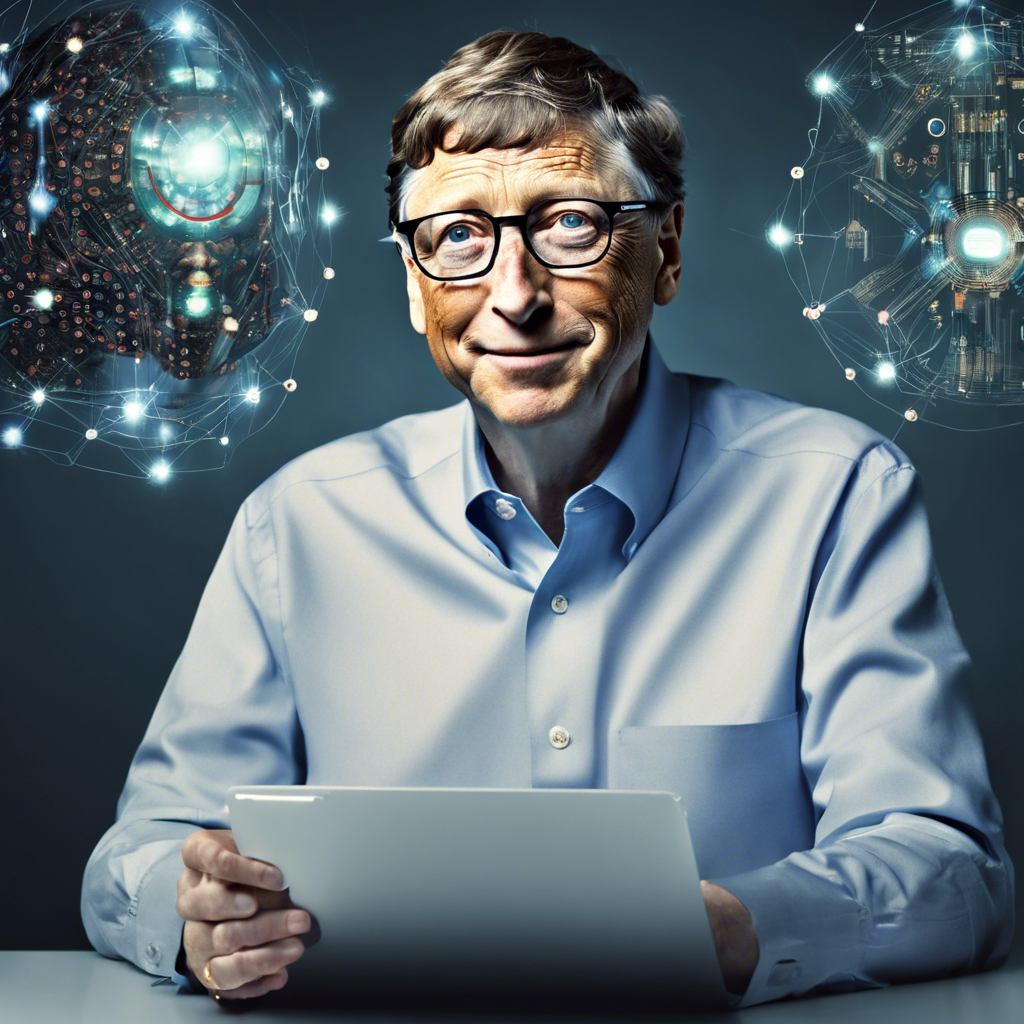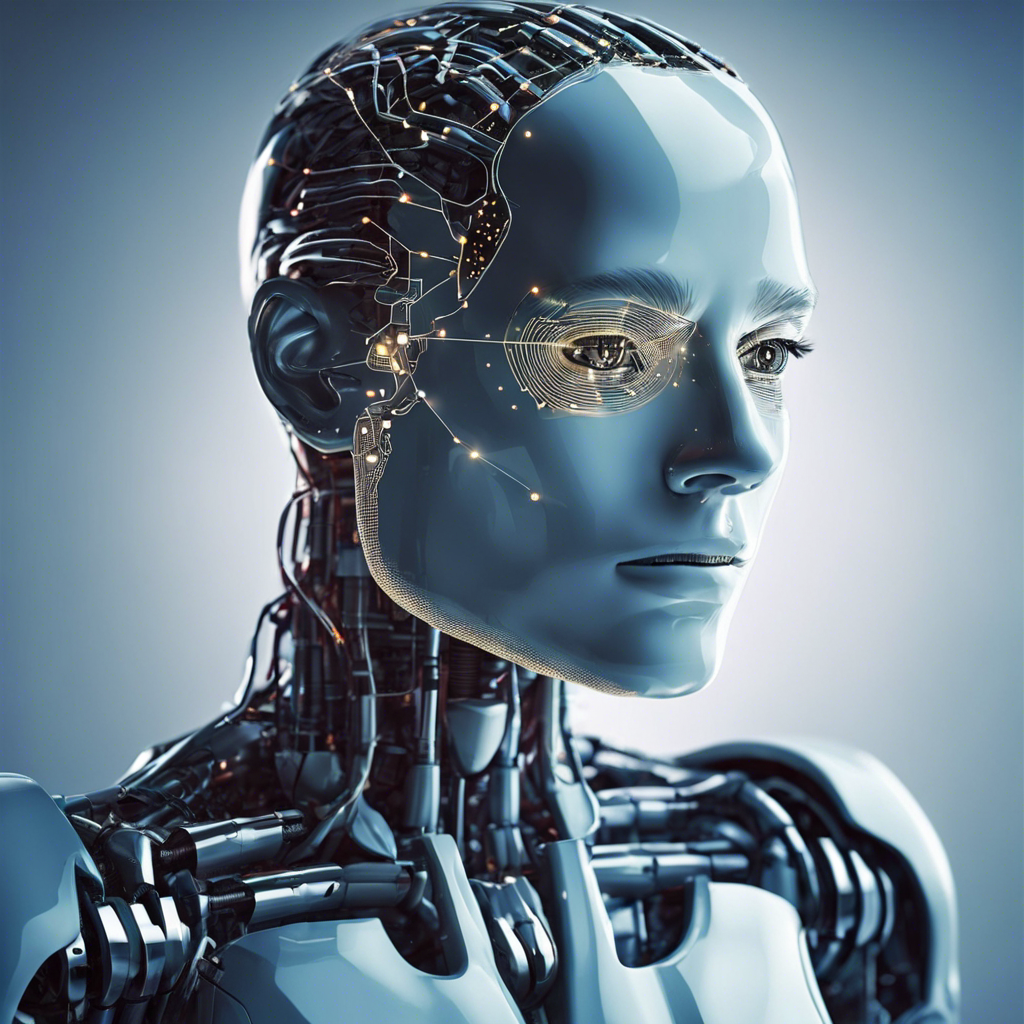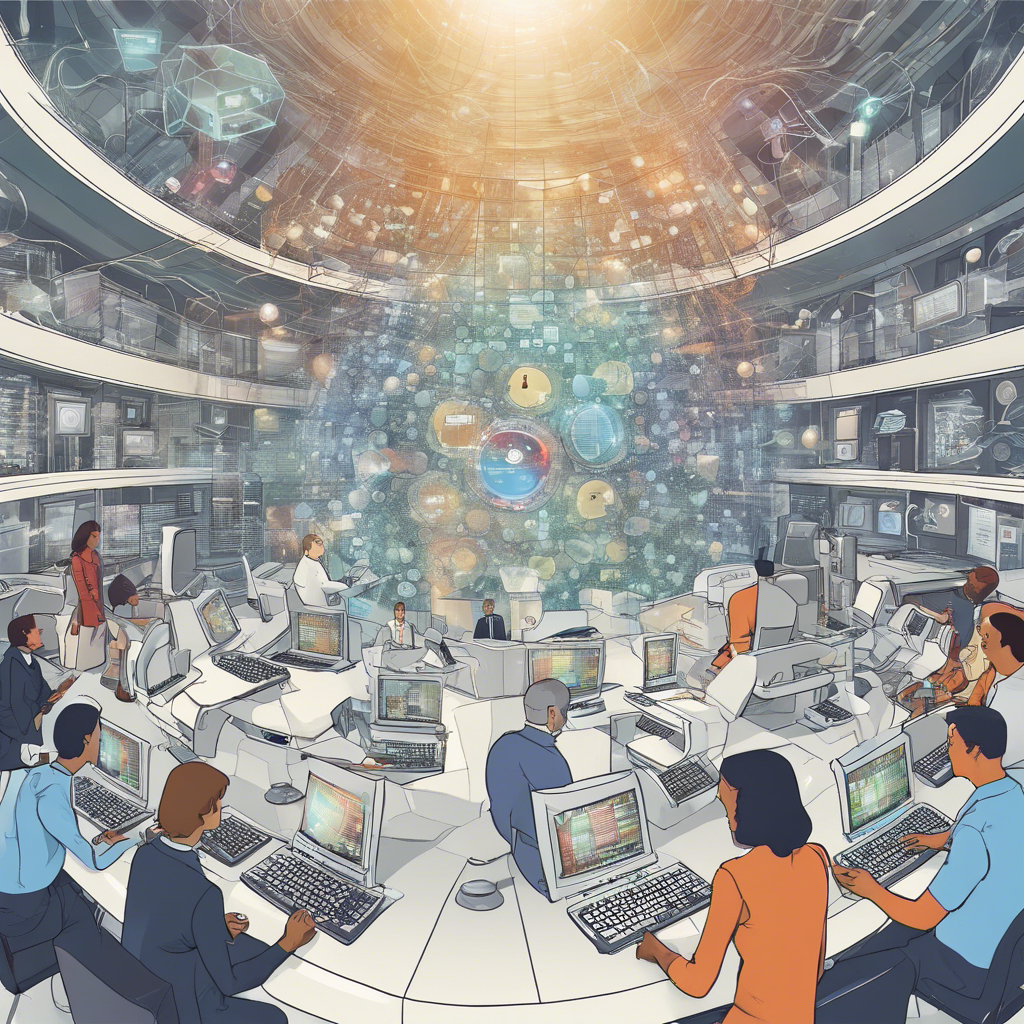How AI is revolutionizing the study of life sciences and shaping the future of healthcare
Artificial intelligence (AI) has made remarkable strides in recent years, but its understanding of human complexity remains limited. However, a series of articles published in the journal Quantitative Biology reveals that while AI may not comprehend emotions or possess original creativity, it has the potential to greatly enhance our understanding of the human body and improve healthcare outcomes. These articles explore the rapid development of AI in life sciences and its applications in areas such as disease research, treatment development, and data analysis.
The Dialogue Between Artificial Intelligence and Natural Intelligence
In an editorial titled “Dialog between artificial intelligence & natural intelligence,” Michael Q. Zhang, a professor of biological sciences at the University of Texas, Dallas, initiates a conversation between AI and natural intelligence (NI). The debate centers around their fundamental purposes and ultimate uses. While NI emphasizes the survival of the population, AI argues that its goal should be to extend and maximize human capability. AI’s role, it claims, is to complement the human brain, particularly in generating big data for machine learning.
Building Digital Life Systems for Future Biology and Medicine
A perspective study led by Xuegong Zhang, a professor of automation at Tsinghua University, proposes the concept of Digital Life Systems (dLife) as a means of integrating AI into life sciences. The dLife framework aims to digitally twin full systems, including individual human bodies, to deliver quicker and more accurate knowledge about potential treatment benefits and side effects. The study highlights the need for collaborative research across multiple disciplines to establish the informatics framework necessary for dLife’s functioning.
Empowering Beginners in Bioinformatics with ChatGPT
Gangqing Hu, an assistant professor at West Virginia University, and his team present the OPTIMAL model in their perspective article. OPTIMAL stands for Optimization of Prompts Through Iterative Mentoring and Assessment with an LLM chatbot. This iterative model assists beginners in finetuning instructions for guiding ChatGPT in generating code for bioinformatics data analysis. The model’s feasibility is demonstrated through case studies in which students serve as mentors to the chatbot, enhancing their coding skills and critical thinking.
ChatGPT Opens a New Door for Bioinformatics
Dong Xu, a professor at the University of Missouri, supports the use of ChatGPT in bioinformatics in his commentary. He praises the OPTIMAL model’s effectiveness in improving student learning outcomes and suggests that chatbot-aided bioinformatics data analysis and tutoring can extend beyond the classroom to lifelong learning experiences. Xu envisions the potential of ChatGPT in various fields, including education, literature mining, data analysis, and method development.
Simulating the Whole Brain as an Alternative Way to Achieve AGI
Jianfeng Feng, the dean of the Institute of Science and Technology for Brain-Inspired Intelligence at Fudan University, explores the limitations of AI in his commentary. While acknowledging the progress made in AI research, he argues that true artificial general intelligence (AGI) requires a deeper understanding of the complex dynamics of the human brain. Feng leads a research group aiming to simulate the entire human brain at the cellular level, which he believes holds the key to achieving AGI.
Conclusion:
The articles published in Quantitative Biology shed light on the potential of AI in life sciences and healthcare. While AI may not possess the full range of human capabilities, it can significantly contribute to our understanding of the human body and advance healthcare practices. As researchers continue to explore the integration of AI in life sciences, collaborative efforts across disciplines will be crucial in unlocking the full potential of this technology. The journey towards achieving true artificial general intelligence and revolutionizing healthcare is underway, with AI serving as a powerful tool in our pursuit of a better understanding of ourselves.











